Bread is something we use daily. We eat it with butter, like sandwiches, or just as it is. It is produced of various sorts of grains and may contain or not contain yeast.
And you probably noticed that sometimes bread tends to dry out too fast.
Are we doing anything wrong?
How to store bread correctly at all?
Let’s figure this out!
Storing Bread At Room Temperature. Things to Remember
Bread storage is a point of concern for many housewives worldwide. How to store it to keep fresh and soft longer? Is it better to refrigerate the loaf or let it stay on the counter?
These questions need closer examination.
At first, let’s see what we will get when keeping a loaf of fresh bread unrefrigerated.
Actually, this method is traditionally considered to be the best one since the product then is able to preserve all of its qualities such as taste, texture, and flavor to their longest.
Besides, proper storage will guarantee that the loaf won’t turn too dry and molded.
What do we mean when we say “proper storage”?
- Always wrap the loaf with aluminum or plastic cover. It will protect its natural moisture from evaporating and making the foodstuff hard like a brick. Even if you bought the bread already packed in a paper packet, throw it away and replace it with one of those we recommended above.
- If you have pre-sliced processed bread, then feel free to leave it in the original packet since the manufacturers make it suitable for the storage already.
- Make sure that, if you keep the loaf unrefrigerated, it won’t stay on the table or the counter longer than two days. Yes, even if it is properly packed.
- The ideal conditions for bread storage include the level of heat no more than 20 C (68 F)
- Keep the loaf away from the direct sunlight, as well as from any heating means like stove
- For better storage, use a special bread box or, at least, toss the loaf into the cupboard or a pantry
Being stored this way, the bread will remain fresh and tasty for up to a week.
And of course, keep an eye on the product to prevent the appearance of any mold. In case you notice any, discard the bread instantly without hesitation since molded food is not good for consuming even if we scrape the mold off or cut off the damaged piece.
Storing Bread In The Fridge. Possible Or Not?
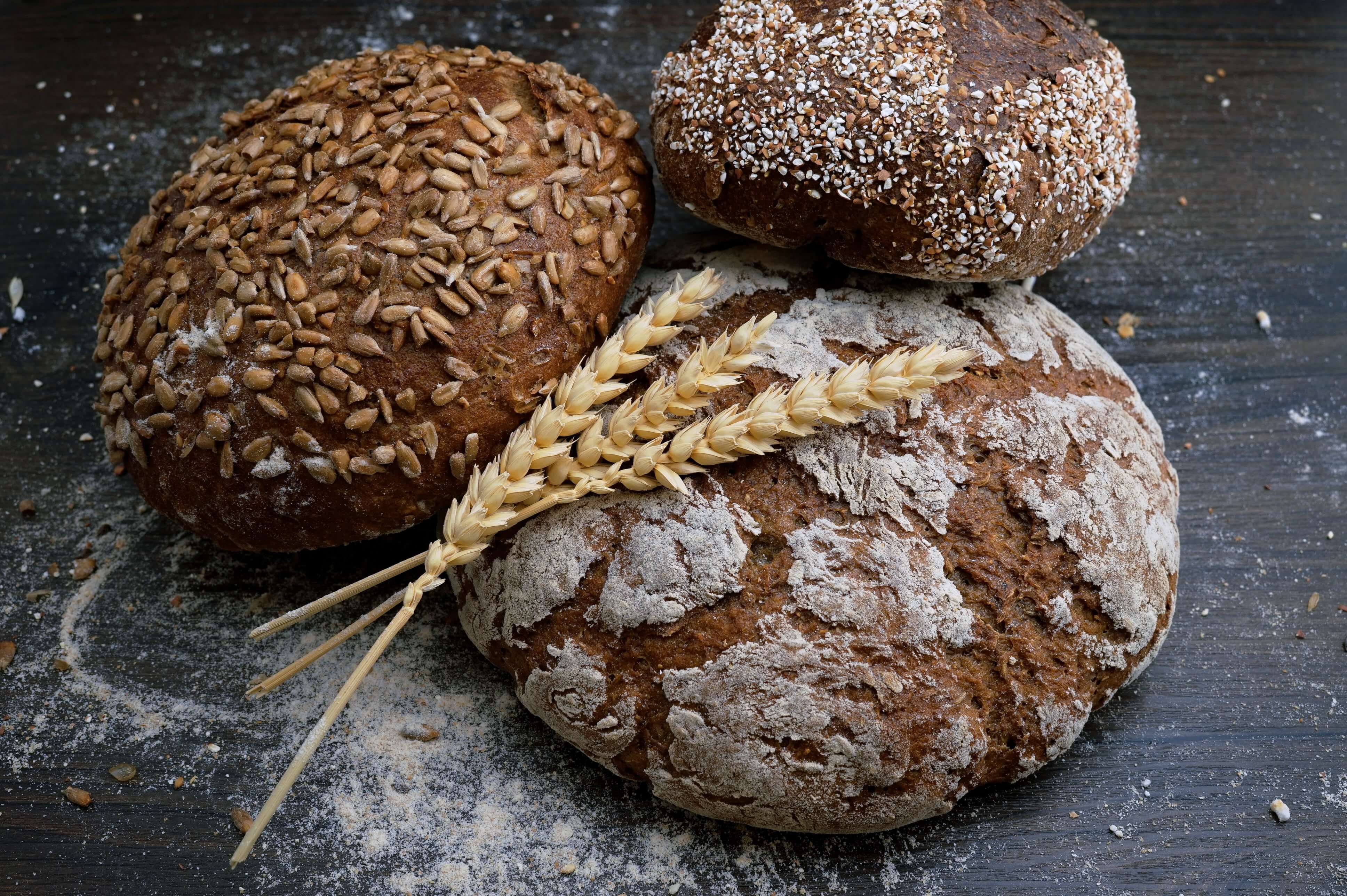
You may be wondering why we mention this method of storage since people often insist on bread being impossible to store refrigerated.
Well, it is really so!
However, we would like to explain why it is so to help you understand the specifics of the process.
In fact, everything is quite simple.
- If we put a loaf of fresh bread into the fridge and leave it there, it will turn stale and finally dry out much faster than it should be.
- It happens because, first of all, the average temperature in the fridge is below 40 F instead of recommended 68 F that is much better for bread.
- The second reason is that refrigerating draws out the moisture out of bread very quickly, and the foodstuff dries out three times faster than if we keep in unrefrigerated! It happens because the starch molecules crystallize and the loaf becomes hard faster.
If you follow this advice, you will end up with the eternally spoiling loaves that must be discarded.
Let’s agree that such a clueless waste of money won’t be good for our budget!
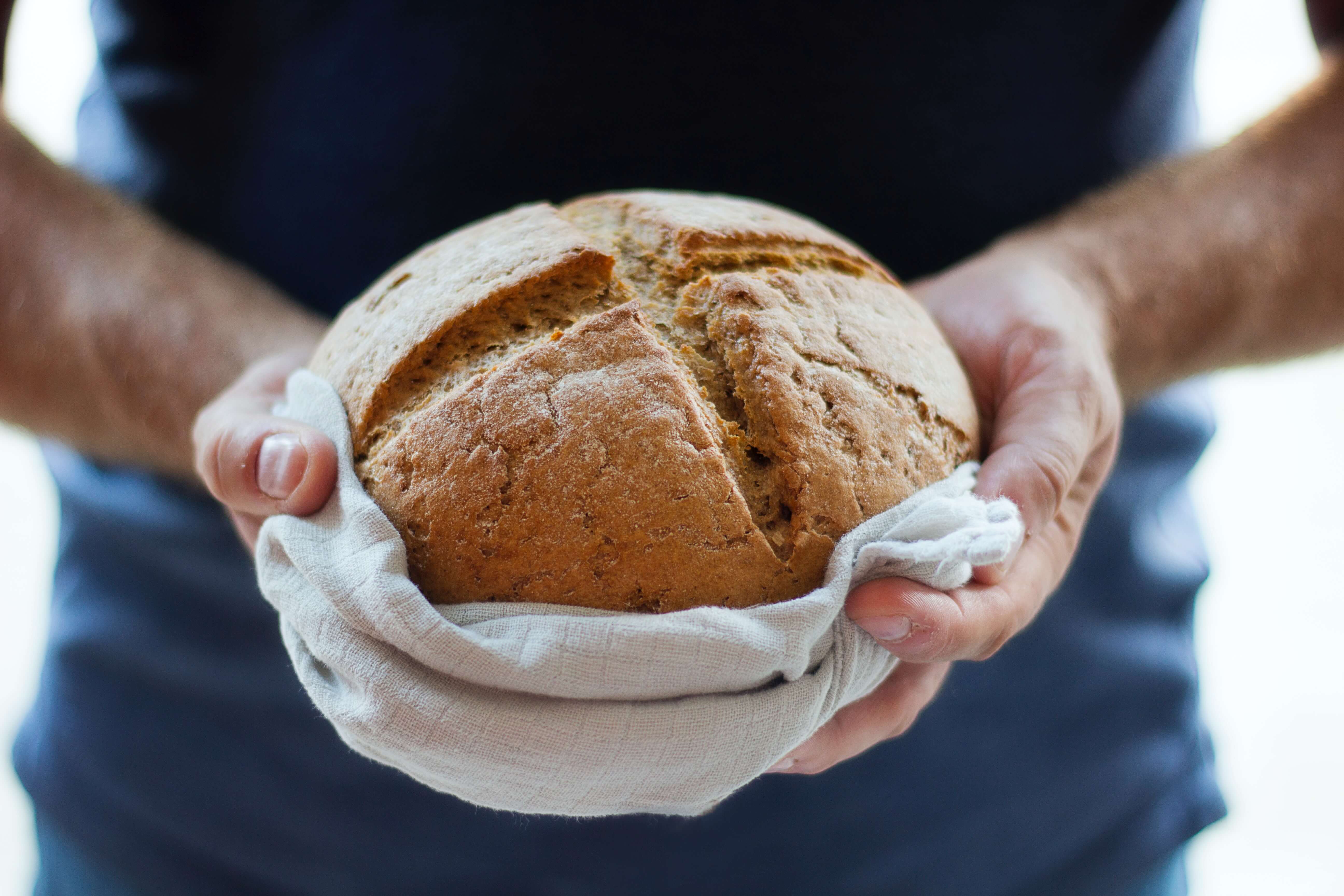
Can You Freeze Bread? When And How to Do It
Naturally, since refrigeration is prohibited, people start wondering what to do with the bread left after the party. Shall they throw it away?
Of course, not! A way exists that can help to preserve this product if you do have too much of it left that can’t be consumed within a day or two.
And yes, we are talking about freezing!
It is a proven way of preserving extra bread.
- For preservation, use frost-resistant packets
- The heavy-duty foil will also be good
- Seal them tightly to prevent air from getting in
- Always label and date the packet with bread in order not to miss its expiry term
- Keep the bread frozen in slices. It will allow the product to harden evenly and will make the defrosting process simpler
Like this, it is possible to preserve the bread for a period of three to six months!
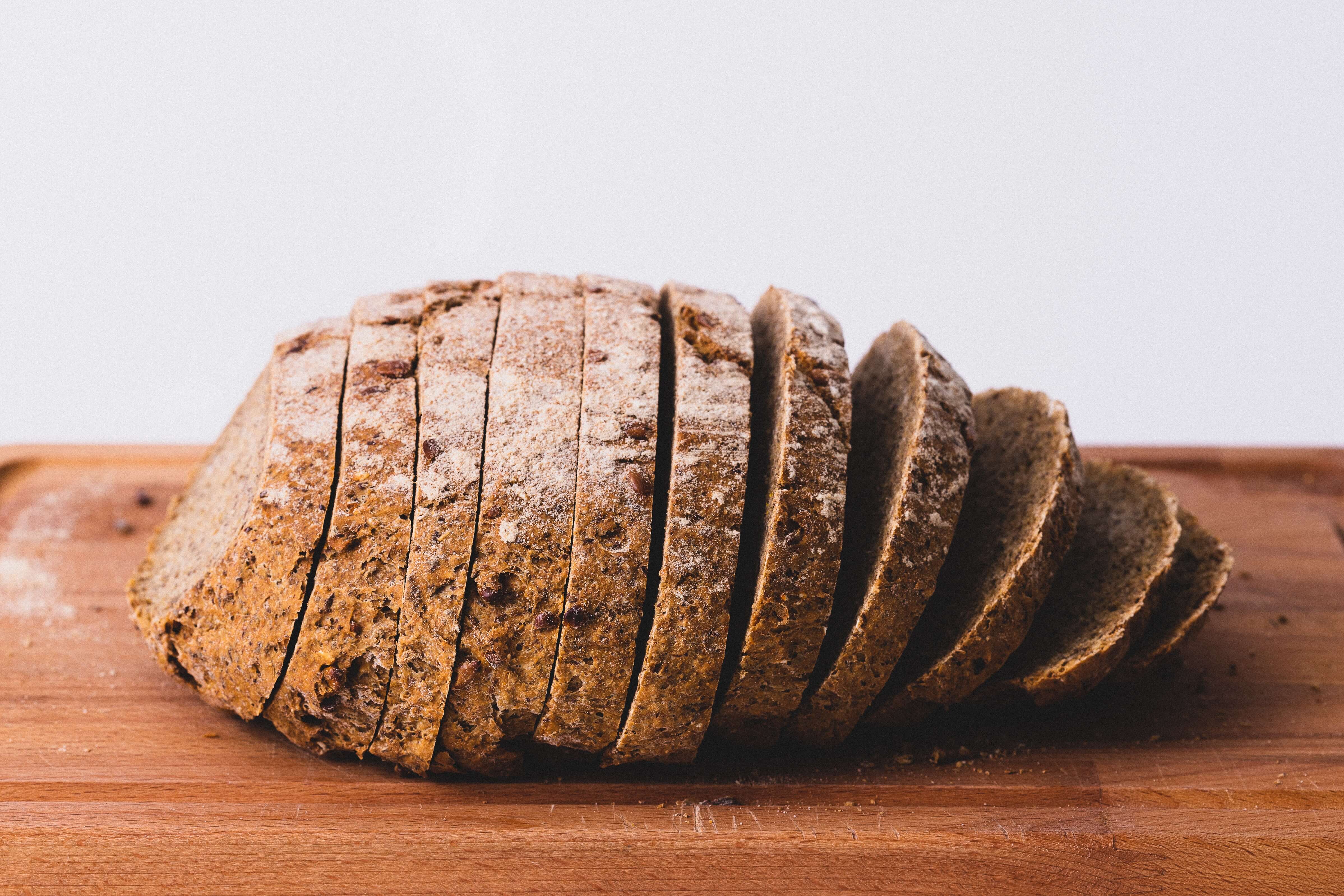
Defrosting bread
Since freezing is ok, then how do we defrost our bread if we want to use some for dinner?
That’s not a big deal! The method will only hang upon how fast you need your slices.
If you have plenty of time and there is no rush, just leave the foodstuff to defrost on the table until it is soft again.
But if you need it right now, then feel free to toss the needed amount into the oven or toaster and add some fire! Five minutes will be more than enough.
Note that bread can be safely reheated only once so make sure you don’t take out too much from the freezing camera!
One more reminder for you guys: take off the protective cover from the bread before heating it!
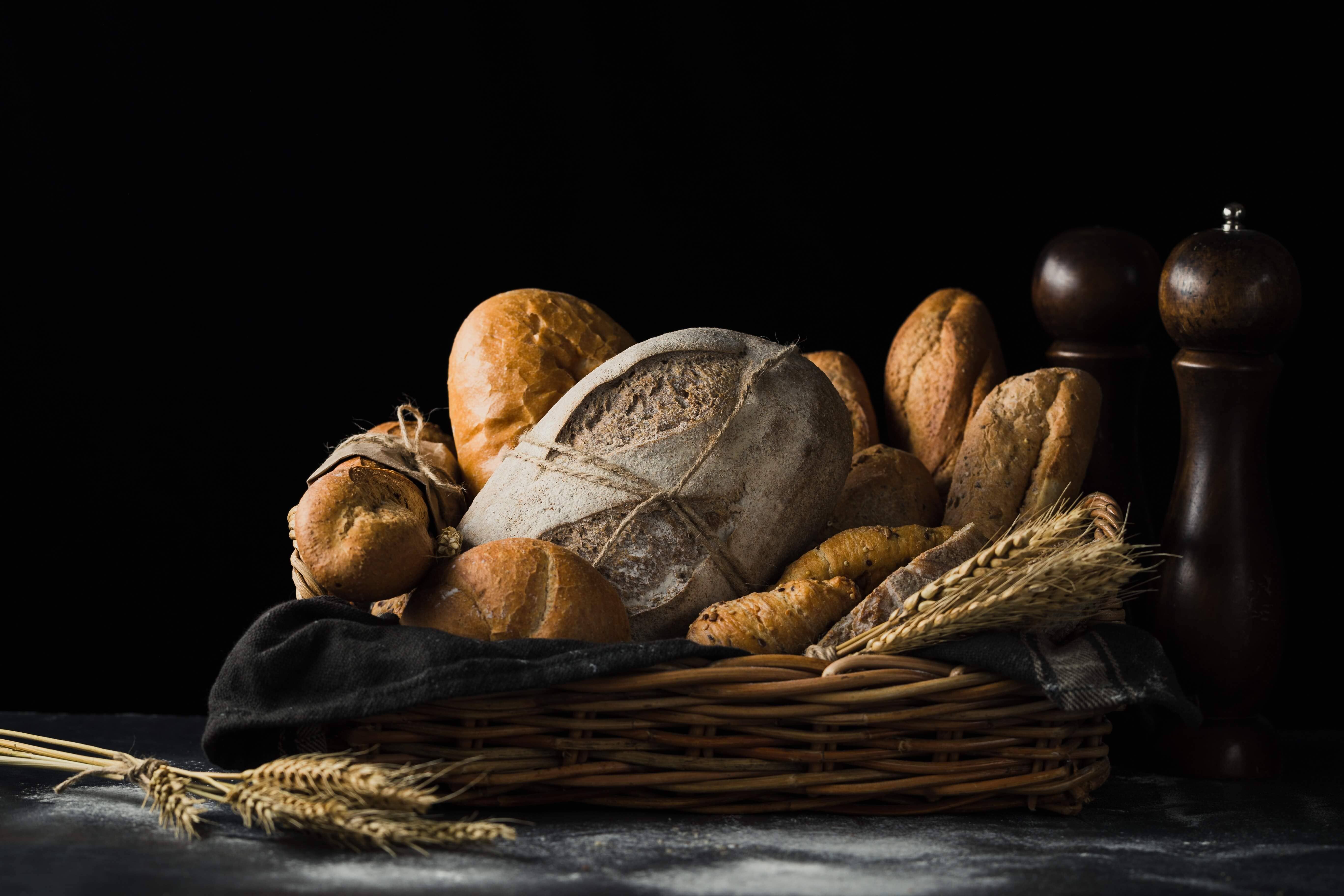
How Long Does Bread Last
It is all well and good but how long can bread remain fresh and edible at all?
We knew you would ask that that is why we have prepared a handy chart for you to always have it at hand.
[table id=2 /]
And of course, double-check that the packet or cover that protects the bread is tightly sealed and wrapped.
How to Tell If Bread Is Bad?
An issue of bread spoilage is sometimes a true catastrophe! You have just brought a fresh loaf from the store, and after a few days what you have is a brick-like thing in your kitchen that is impossible to cut! No, you can’t even break it!
In addition, it is moldy and smells awful.
Sounds familiar? Then take into account these simple signs of spoilage to know for sure whether your product is still good or must be discarded instantly.
So what tells us that bread is bad?
- It turns stale. The stale loaf is dry and hard, and even if it is safe to consume, it is far less appetizing, let’s agree. So unless you like crispy tings, throw that thing away and forget about it.
- If the bread is turning really bad, you will see mold on it
- Another sigh are spots that can be of various colors from white and blue to black and even green! Such a product must be discarded since it is harmful to our health.
- And finally, the smell will tell you the truth. If the loaf smells sour, yeasty or its odor reminds alcohol, throw it away without hesitation!
Following these tips will help to prevent many unpleasant effects.
Bread is a truly universal product. It is healthy, nutritious, and easy to digest (especially those kinds of it that include bran or that are made of whole flour). It tastes perfectly with butter and jam, as well as with some ham and mustard.
No matter whether we eat it with soups or salads, the bread will fit almost any dish!
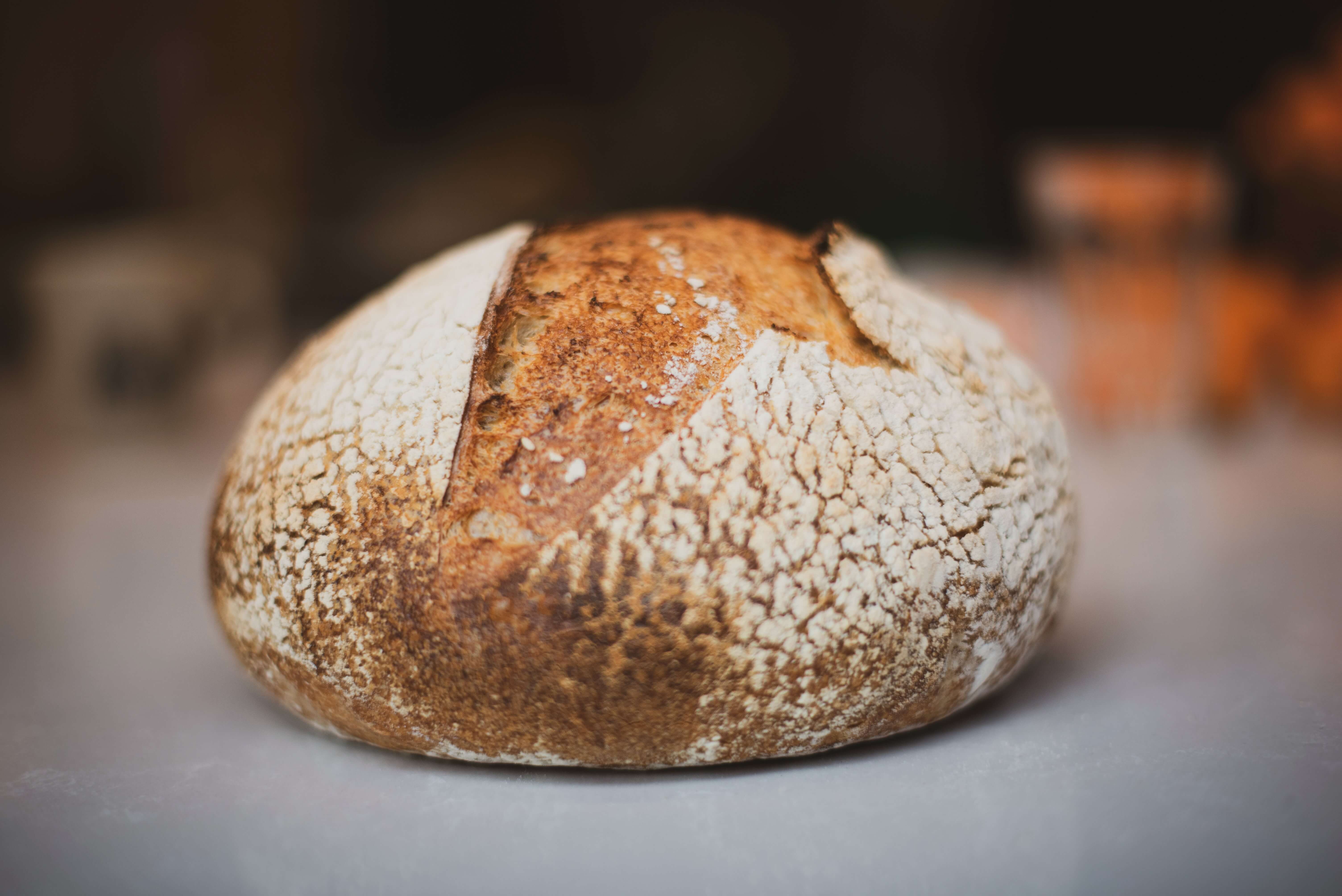
Hello! I need to ask you guys about one thing. My sister has recently brought me a bread box. She says it helps to keep bread fresh longer. So what I want to ask is: does a breadbox keep bread fresh indeed? Any personal experience from you? Thanks.
Hi there! Your sister is right! I use a bread box all the time and I can prove that it does really prevent the bread from drying. Especially if the box is wooden since the material is breathable.
How do you keep bread fresh? Mine always spoils after less than a week!
To extend the lifespan of the bread, keep it tightly wrapped with aluminum or plastic cover away from any source of heat. Also, using a bread box would be helpful.
Does anyone know: is it OK to refrigerate bread? I have an extra loaf but we won’t be able to eat it fast! Please help! Thank you.
Hey! I would not recommend you to do that. Refrigerated bread will spoil even faster than if you leave it on the table uncovered. If I were you, I would put it to the freezer (but slice it beforehand!).
Hey! I would not recommend you to do that. Refrigerated bread will spoil even faster than if you leave it on the table uncovered. If I were you, I would put it to the freezer (but slice it beforehand!).
Where should you store bread? I heard that fridge is not a good place. What about the pantry? or, maybe, cupboard? I’ll be grateful for any other ideas.
Hello! Yes, a pantry or a shelf in a kitchen cabinet is fine. Only make sure those are far from the stove and oven. Personally I use a bread box made of wood. It is breathable enough so the foodstuff won’t suffocate in there, and it protects the loaf from the light, too.
Hello! Can anyone help me, please? Does putting bread in the fridge make it last longer? I’m not a pro at bread storage so… I need assistance! Thanks.
Hello-hello! Never put it there! Never ever! Your bread will dry out like in the blink of an eye! If you need to preserve it, then freeze it. That’s what I can tell you.
How does a breadbox keep bread fresh? Does anyone know? Is anyone here using this stuff?
Hi! I use it!
Well, first of all, it protects the bread from light since these boxes have some sort of lids.
Also, it traps the natural moisture the bread has and prevents it from evaporating. The humid environment inside of it is perfect for the bread, that is why the loaf will last longer there.
Does anyone know how to store bread at room temperature correctly? I guess I’m doing something wrong since every loaf that I buy ends up being molded way too soon. What might be the problem?
I guess you keep it in the wrong place. Bread (both store bought and home baked) is best to be kept either in a bread box or in the airtight container. Also, you might keep it way too long. I mean that bread usually remains fine for 2 or 3 days, not more.
How to store banana bread? Is it ok if I just keep it in a regular bread box?
Well, I would recommend an airtight tank or a bag. I keep this kind of bread being sealed in airtight packet and wrapped with two paper towels. Like this, it stays fresh and soft long enough.
I made some dough to bake bread, but I’ll be doing that tomorrow. So I’m thinking of keeping that dough refrigerated overnight but I have certain doubts. How to store bread dough in the fridge? Did anyone try it here?
I tried it many times actually. I just place a kneaded fresh dough in a lightly oiled bowl and cover it with a plastic wrap. This is the way I store bread dough, but you can also make use of a self-sealing bag, only sprinkle it with oil from inside to prevent the dough from sticking?
How to store bread from bread machine? Does this kind of bread need any special storage conditions? I have never made it before so now I’m not sure what to do and how to do it right to not ruin the loaf!
In fact, such bread can be stored the same way you keep regular loaf. Just let it cool completely after it’s baked, and then wrap in a zip-lock plastic packet (high-quality foil will also be ok). And that’s it! Store it like this in a cool and dry place away from light. No other conditions are needed.
I often bake bread myself and I like to experiment with the dough. Yesterday I tried garlic bread but I have some dough left and I don’t know how to keep it correctly. How to store garlic bread dough? Does anyone know?
Just keep it as you would keep regular bread dough: refrigerated in a mixing bowl, a bit oiled, and wrapped with foil.
How to store bread in hot humid weather? This is my constant point of concern since our summers are always like that, and all the bread I make spoils! I feel so pitiful throwing those loaves away!
I can understand your feelings. I used to have the same problem when we were living in the area with the similar climate. What I did was that I simply kept my bread refrigerated. Sometimes I even froze a sliced loaf if I made extra.
How to store bread on kitchen counter? I know it’s not the best place for this foodstuff but our family often buy buns and mini baguettes, so I was thinking of keeping them at hand all the time. Is it possible at all?
I always keep fresh bread in paper bags on the counter but only if I’m sure me or my family will eat it all within a day or two. Since later it will start hardening.